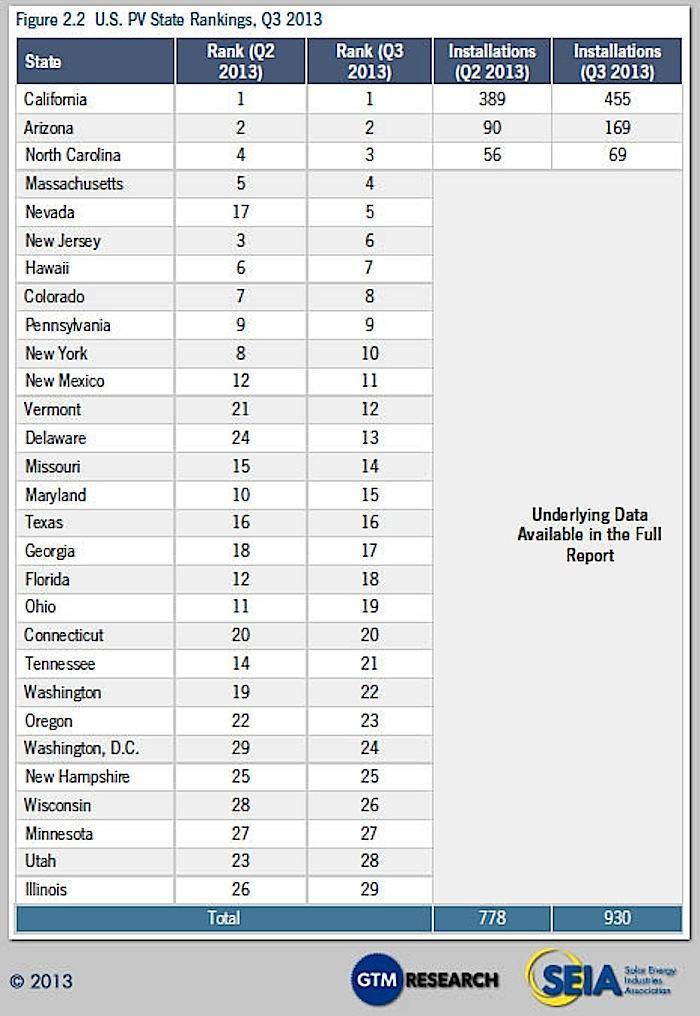
Scatec Solar on April 1 received final approvals from the Utah Public Service Commission and Iron County Community Development and Renewal Agency to start building what will be Utah's largest solar energy facility.
Under the terms of a 20-year Power Purchase Agreement (PPA) with PacifiCorp, the 80-megawatt (MW) AC Utah Red Hills Renewable Energy Park will supply clean, renewable electricity to residents in far-off Idaho and Wyoming, as well as Utah, through Rocky Mountain Power.
The project highlights the social and environmental, as well as economic, benefits and advantages to deploying solar and other renewable energy sources as opposed to conventional fossil fuels. Those aren't limited to green job creation and reducing carbon emissions, but extend to the conservation of increasingly precious freshwater resources.
Solar's triple bottom line benefits
Pointing out the triple bottom line benefits to building what will be Utah's largest solar energy facility, Gov. Gary R. Herbert stated in a Scatec press release:
"Energy development is one of Utah's four cornerstones to continue to strengthen our economy. By supporting projects like the Red Hills Renewable Energy Park and other utility-scale renewable energy facilities, Utah will remain a premier destination for business, jobs, and an enviable quality of life for our residents."
With construction on approximately 650 acres of privately-owned land slated to begin in this year's third quarter, building and operating the solar power facility will produce revenue to landowners and the state, as well as create hundreds of green jobs. Project investment and incomes will flow through through the local economy and beyond as spending.
Expected to generate enough clean, renewable electricity for around 18,500 homes (some 210 million kilowatt-hours (kWh) in its first full year of operation), the solar energy project will avoid an estimated 150,000 tons of carbon dioxide (CO2) annually, the equivalent of taking nearly 28,000 cars off Utah's roads over the PPAs life, Scatec notes.
Solar energy and water conservation
And in a drought-plagued, water-stressed U.S. West, the Utah Red Hills Renewable Energy Park highlights another glaring advantage and benefit of deploying and other renewable energy sources, such as wind energy, as opposed to coal, oil and natural gas. Whether on the utility, commerical or residential scales, solar PV doesn't use up any increasingly precious freshwater supplies.
In building out the project, the U.S. subsidiary of Norway's Scatec will deploy some 325,000 solar PV modules on a single-axis tracking system on-site. An interconnection will be built to PacifiCorp's 138 kilo volt (kV) line in the nearby Parowan Valley Substation. Commented Scatec Solar North America managing director Luigi Resta,
"The Red Hills Renewable Energy Park represents a major step forward in providing Rocky Mountain Power access to the superb solar power potential available in Utah.
Added Utah Red Hills Renewable Energy Park president and CEO Richard Walje, "Our contract with the Red Hills Renewable Energy Park is one big step of many to come to bring renewable energy opportunities while maintaining reasonable prices for customers."
Image credit: University of Utah
Graph credit: SEIA

An experienced, independent journalist, editor and researcher, Andrew has crisscrossed the globe while reporting on sustainability, corporate social responsibility, social and environmental entrepreneurship, renewable energy, energy efficiency and clean technology. He studied geology at CU, Boulder, has an MBA in finance from Pace University, and completed a certificate program in international governance for biodiversity at UN University in Japan.














